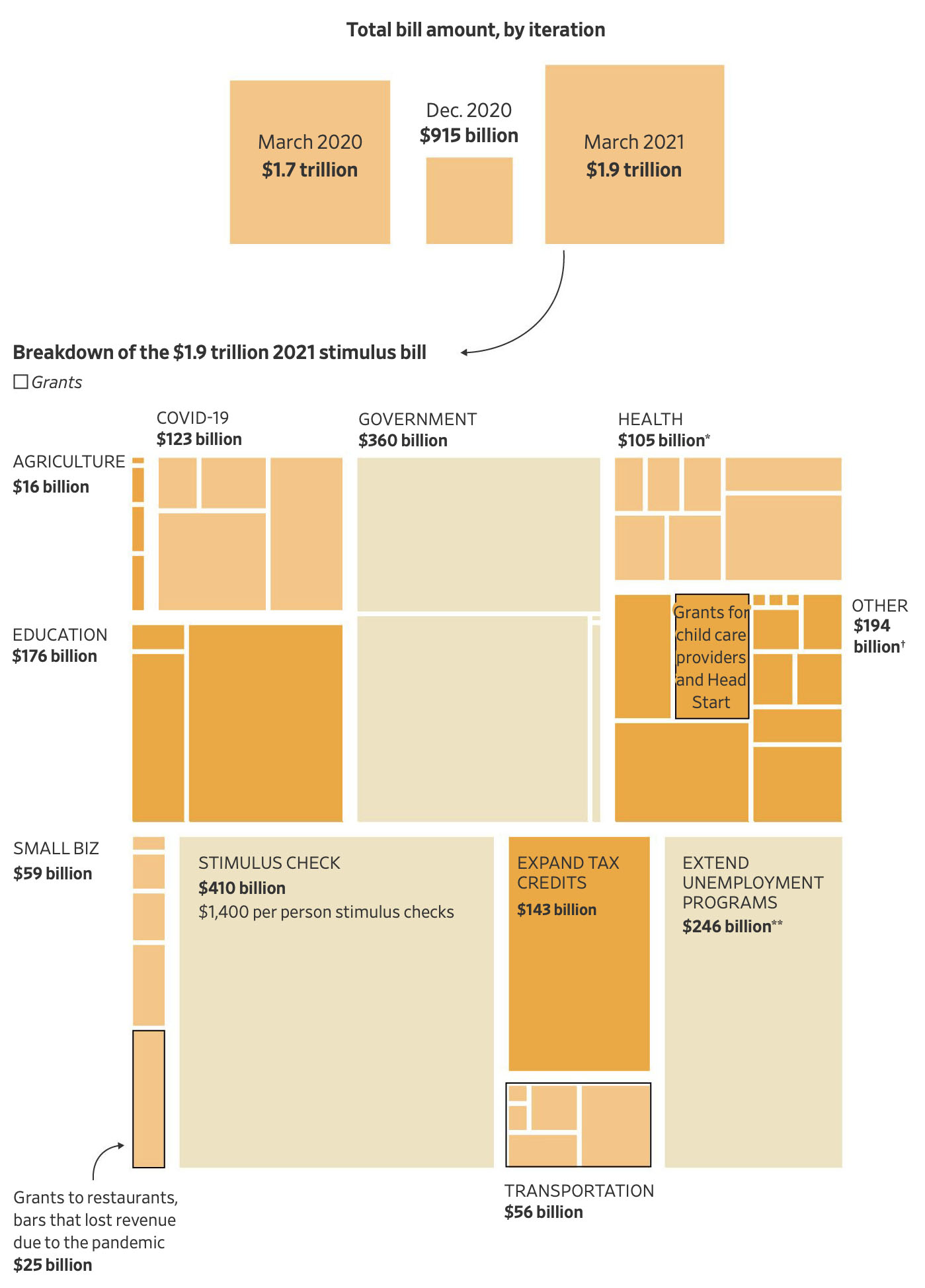• A year ago, when the COVID-19 pandemic hit most of the world, there was arguably a good case for lockdowns. The initial growth of the epidemic implied a high basic reproduction number, which in turn meant that unless transmission was reduced the virus would quickly sweep through most of the population because incidence would continue to grow exponentially until the herd immunity threshold was reached, overwhelming hospitals and resulting in the deaths of millions of people in a few weeks. Lockdowns and other stringent restrictions seemed like a plausible way of reducing transmission to “flatten the curve” and prevent that scenario from materializing.
• Many people continue to reason along those lines, but since then we have learned that, whatever the precise effect that lockdowns and other stringent restrictions have, it is not so large that it can easily be picked up in the data, as it would surely be if restrictions had the very large effect that pro-lockdown advocates claim. In particular, it is not the case that the alternative to lockdowns is herd immunity (at least in the short run), because in practice incidence never grows exponentially for very long even in the absence of stringent restrictions. While it is plausible that, without stringent restrictions, incidence would start falling a bit sooner and faster, the data show very clearly that it always starts falling long before the herd immunity threshold is reached with or without a lockdown.
Related: Catholic schools will sue Dane County Madison Public Health to open as scheduled
Notes and links on Dane County Madison Public Health. (> 140 employees).
which pushed Dane County this week not to calculate its percentage of positive tests — a data point the public uses to determine how intense infection is in an area.
While positive test results are being processed and their number reported quickly, negative test results are taking days in some cases to be analyzed before they are reported to the state.
The department said it was between eight and 10 days behind in updating that metric on the dashboard, and as a result it appeared to show a higher positive percentage of tests and a lower number of total tests per day.
The department said this delay is due to the fact data analysts must input each of the hundreds of tests per day manually, and in order to continue accurate and timely contact tracing efforts, they prioritized inputting positive tests.
“Positive tests are always immediately verified and processed, and delays in processing negative tests in our data system does not affect notification of test results,” the department said in a news release. “The only effect this backlog has had is on our percent positivity rate and daily test counts.”
Staff have not verified the approximately 17,000 tests, which includes steps such as matching test results to patients to avoid duplicating numbers and verifying the person who was tested resides in Dane County.
All 77 false-positive COVID-19 tests come back negative upon reruns.
Madison private school raises $70,000 for lawsuit against public health order. – WKOW-TV. Commentary.
WEAC: $1.57 million for Four Wisconsin Senators
Assembly against private school forced closure.
Wisconsin Catholic schools will challenge local COVID-19 closing order. More.
2017: West High Reading Interventionist Teacher’s Remarks to the School Board on Madison’s Disastrous Reading Results
Madison’s taxpayer supported K-12 school district, despite spending far more than most, has long tolerated disastrous reading results.
My Question to Wisconsin Governor Tony Evers on Teacher Mulligans and our Disastrous Reading Results
“An emphasis on adult employment”
Wisconsin Public Policy Forum Madison School District Report[PDF]
Booked, but can’t read (Madison): functional literacy, National citizenship and the new face of Dred Scott in the age of mass incarceration.

